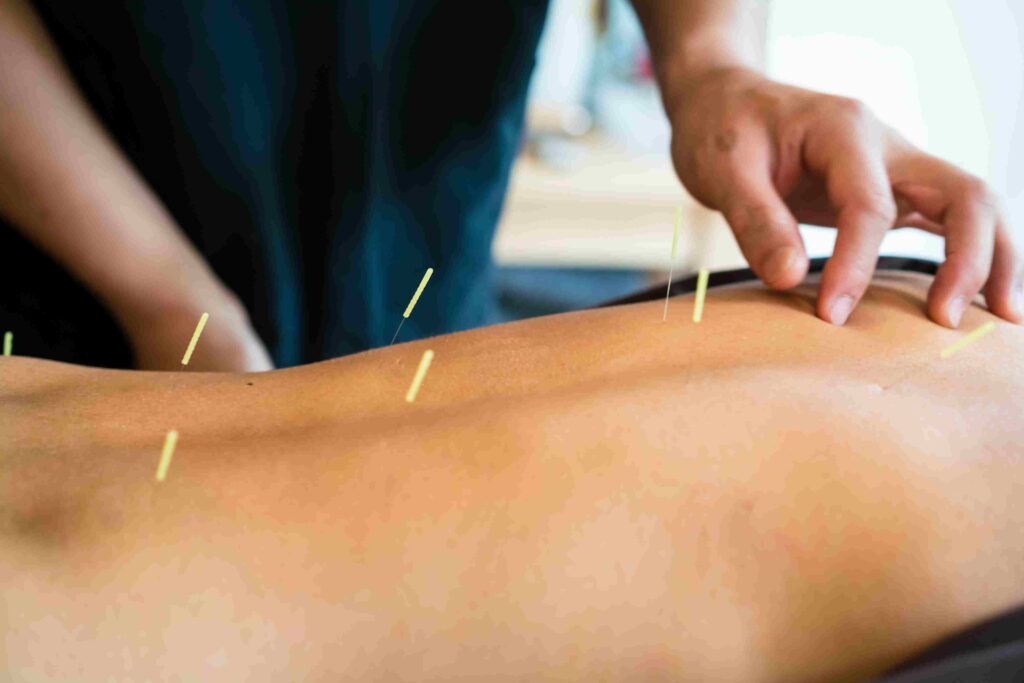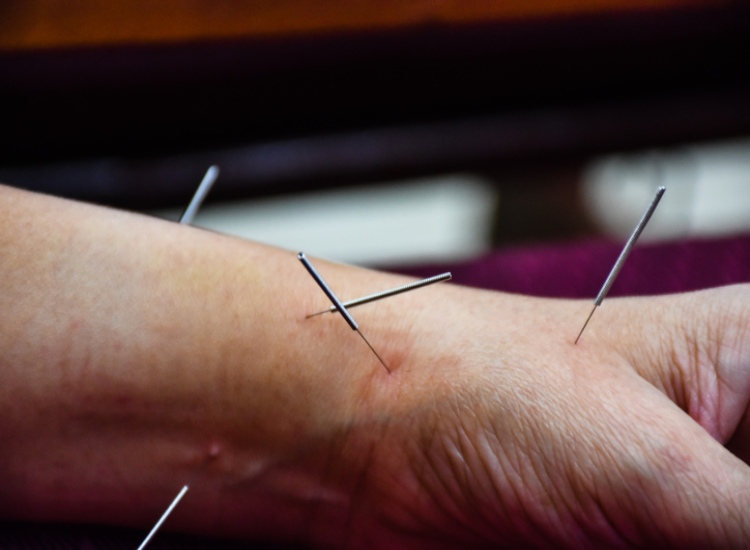Natural Relief for Radiating Nerve Pain
The sciatic nerve is the longest and thickest nerve in the human body. It comprises five nerve roots that originate in the lower back, travel through the hip and buttocks, make their way down the back of each leg, and end just below the knee. The sciatic nerve then branches into other nerves that continue down your calf and into your foot and toes.
True injury to the sciatic nerve is rare. Instead, the term “sciatica” describes any pain that originates in the lower back and radiates down the leg. The pain is often limited to one side and may be described as irritating, inflammatory, pinching, stabbing, burning, or aching. If you have pain anywhere along your sciatic nerve, you may also experience muscle weakness, tightness, numbness, or a tingling pins-and-needles sensation.
Are you struggling to control sciatica pain? Acupuncture therapy may help. This treatment involves inserting tiny, thin needles through the skin at specific points on the body to varying depths. The World Health Organization recommends acupuncture for sciatica, along with 100 other diverse medical conditions. Learn more about how acupuncture can provide sciatica pain relief to help you decide if this treatment is right for you.
What is Sciatica?
Sciatica is not a disease but a group of symptoms affecting the region of the sciatic nerve. Several things can lead to sciatica pain, including lumbar herniated discs, spinal stenosis, bone spurs, pregnancy, lower back injury, or osteoporosis. Your risk for sciatica is higher if you are overweight, older than 30, sit for prolonged periods, or have a physically demanding job.
Various sciatica treatments are available, depending on the cause, your specific symptoms, and other factors. A combination of treatments like over-the-counter medicine, physical therapy, stretching, hot and cold therapy, and acupuncture can help treat your pain. Remember, you must treat the underlying cause to eliminate sciatica entirely.

How Does Acupuncture for Sciatica Work?
According to traditional Chinese medicine, the body contains an energy force known as Qi. When the natural and balanced flow of Qi becomes blocked, physical illness can occur. Acupuncture aims to stimulate precise body points to trigger a nervous system response, resulting in the following:
- Released endorphins, serotonin, and noradrenaline
- Boosted blood circulation
- Relaxed muscles
- Reduced inflammation
- Improved joint mobility
Thus, stimulating the acupuncture points in your lower back and leg near the sciatic nerve helps the body self-heal.
What Can I Expect During My Sciatica Acupuncture Appointment?
Your initial visit will be the longest as your acupuncturist assesses your sciatica symptoms, the potential causes of your condition, your medical history, and other factors. Once treatment begins, you’ll lie face down on a cushioned treatment table. Your acupuncturist will then insert five to 20 thin, sterile needles along specific sciatica acupuncture points to stimulate healing. With the needles in place, the acupuncturist will instruct you to rest and breathe quietly while they leave the room. After several minutes, the acupuncturist will return to remove the needles.
Sciatica acupuncture treatments typically last 30 to 60 minutes, depending on your condition and progress. Patients with acute sciatica may find relief within two or three sessions, while chronic pain sufferers may need 10 or more visits.
Benefits of Acupuncture for Sciatica
Acupuncture has thousands of years of anecdotal support, and modern scientific evidence is mounting. Here’s what the latest research suggests:
- Acupuncture is better than no treatment and is as good, if not better, than standard Western medical care for sciatica pain.
- Acupuncture works well with other treatments such as pain relieving medicine, physical therapy, stretching, and hot and cold packs.
- Sciatica pain relief lasts for months after the initial acupuncture sessions are complete.
Risks and Side Effects of Acupuncture
Most patients experience few, if any, side effects, and those that do occur are mild and temporary. This is a major reason to choose acupuncture over standard medical treatment for sciatica. Still, be aware of these potential risks and side effects of acupuncture:
- Mild soreness or bruising at the needle site
- Minor bleeding (a drop or two) when the needle is removed
- Dizziness
In exceedingly rare cases, internal bleeding, hepatitis B, nerve damage, or increased pain may occur. To reduce these risks, seek acupuncture treatment from a qualified acupuncturist.
Schedule Acupuncture Treatment in Sherwood Park
All Deep Massage & Wellness Clinic has served residents of Sherwood Park and the surrounding areas since 2007. Every acupuncturist on our team is formally trained and certified for your peace of mind. Thanks to our dedication and experience, we’re confident we can relieve your sciatica pain and help you reach your other wellness goals.
Ready to schedule your first appointment? Please fill out our online contact form or call us at 780-416-0659 to speak with a member of our professional acupuncture team.



